How to bypass CO sensor on generator? There are a couple of methods for bypassing the CO sensor on a generator.
Firstly, you can disconnect the CO sensor from the generator by detaching the wires that link the sensor to the generator.
Alternatively, you can bypass the CO sensor by introducing a resistor into the circuit. This will deceive the sensor into believing that there is an absence of CO.
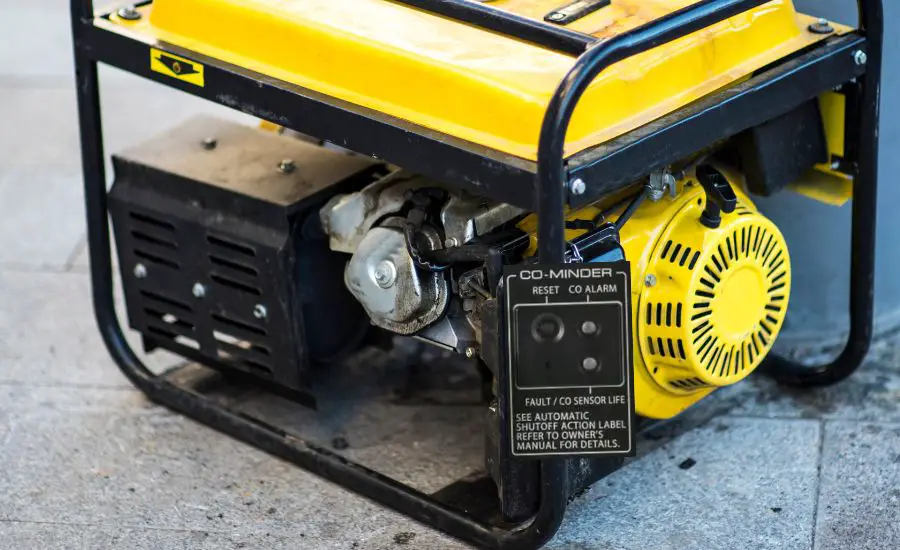
How to bypass CO sensor on generator?
Please turn off the generator and let it cool down in a properly ventilated space until the engine and other components reach to room temperature.
Identify the CO sensor and disconnect its connections; typically, CO sensors in the generator’s engine are situated within the control panel.
Start the generator’s engine and allow it to operate for a period. If the issue disappears, it’s likely the CO sensor that’s causing the problem and should be substituted.
Please obtain a new CO sensor and attach it to the generator.
For testing purposes, you can operate the generator in an enclosed area to determine if the new CO sensor is functioning correctly.
Precautions before CO sensor disabling
Bypassing a CO sensor on a generator or any other appliance should not be taken lightly, as it can compromise safety.
Here are some essential warnings and precautions to take into account before bypassing a CO sensor:
- Life-threatening risk. Carbon monoxide is a deadly, colorless, and odorless gas. Bypassing the CO sensor can result in undetected CO leaks, putting lives at risk. Always prioritize safety when considering any actions related to CO sensors.
- Legal and safety regulations. Bypassing or tampering with CO sensors may be illegal in some jurisdictions and can void warranties on equipment. Check local laws and manufacturer user manual before proceeding.
- Identify the root issue. Before bypassing the CO sensor, thoroughly diagnose and understand the reason for doing so. If there’s a malfunction, it may be possible to repair or replace the CO sensor without bypassing it.
- Professional assessment. It’s highly recommended to consult with a qualified technician or electrician who has expertise in working with CO sensors and generators. They can help diagnose issues and provide a safe solution.
- Ventilation. If you must temporarily bypass the CO sensor for diagnostic purposes, do so in a well-ventilated area, preferably outdoors. Ensure there is no risk of CO buildup during the process.
- Follow the manufacturer user manual. Always refer to the manufacturer’s instructions for your specific generator model. They may guide maintenance, troubleshooting, and dealing with CO sensors.
- Alternative safety measures. While bypassing the CO sensor, consider implementing alternative prioritizing safety measures, such as installing additional CO alarm and CO detector in your home or workspace.
- Prompt replacement. If you find it necessary to bypass the faulty sensor, plan to replace it as soon as possible once the issue is resolved. Do not leave the CO sensor bypassed for an extended period.
- Testing. After any sensor replacement or bypass, conduct thorough testing to ensure the CO sensor or its replacement functions correctly.
- Education and awareness. Ensure everyone in your household or who uses the generator is educated about the risks associated with CO and the importance of safety precautions. Awareness can save lives.
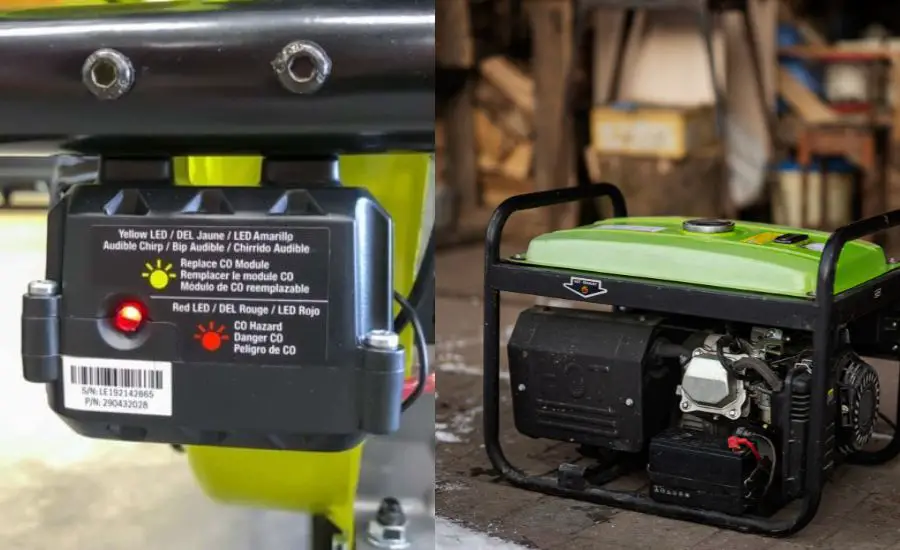
What is carbon monoxide?
Carbon monoxide is an odorless, colorless gas produced as a byproduct of incomplete combustion of carbon-based fuels.
This gas is generated when fuels such as natural gas, diesel, wood, coal, and gasoline do not burn completely, often due to inadequate ventilation or malfunctioning equipment.
CO molecules bind to hemoglobin in the blood more tightly than oxygen does, thereby reducing the blood’s ability to carry oxygen to vital organs and tissues.
The danger of CO gas: silent and deadly
Carbon monoxide is nicknamed “the silent killer” because it is virtually impossible to detect without specialized equipment.
It has no taste, no smell, and no color.
This makes CO gas particularly insidious, as people can be exposed to lethal levels without knowing its presence.
Common sources of CO emissions
- Gas appliances. Furnaces, water heaters, stoves, and ovens can produce CO if they are not functioning correctly or not properly ventilated.
- Wood-burning stoves and fireplaces. Incomplete combustion of wood can release CO into homes, especially if the flue is obstructed.
- Vehicles. Running a car or generator in an enclosed space, such as a garage, can lead to dangerous CO levels.
- Generators. Portable generators used indoors or in enclosed spaces pose a significant risk of CO poisoning.
- Blocked chimneys or vents. Obstructed ventilation systems can trap CO gas inside a building.
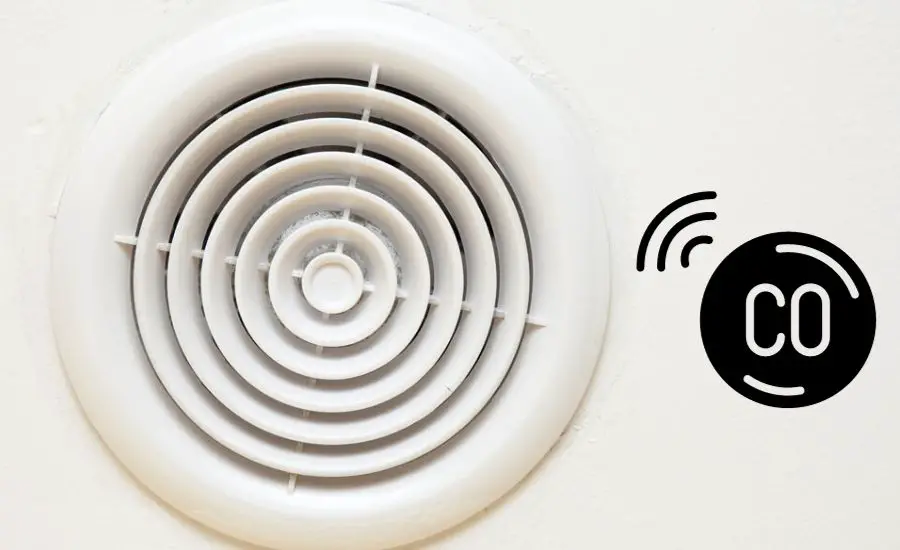
Symptoms of CO poisoning
- Headaches.
- Dizziness.
- Nausea and vomiting.
- Fatigue.
- Confusion.
- Shortness of breath.
- Chest pain.
- Loss of consciousness.
Lethal consequences
In high concentrations or prolonged exposure, carbon monoxide poisoning can result in severe health issues, brain damage, organ failure, and even death.
Alarmingly, it can happen rapidly, with fatal consequences within a short time.
Preventing carbon monoxide poisoning
Preventing carbon monoxide poisoning is of utmost importance. Here are essential measures:
- Carbon monoxide detector. Install a separate CO detector in your home and test them regularly to ensure they are functioning correctly.
- Ventilation. We are ensuring proper ventilation for fuel-burning appliances and vehicles. Keep vents, flues, and chimneys clear of obstructions.
- Regular maintenance. Maintain and service heating exhaust system, generators, and vehicles to reduce the risk of CO emissions.
- Generator safety. Never run a champion generator or a vehicle indoors or in an enclosed space. Place them at least 20 feet away from your home.
- Education. Educate yourself and your family about the risks of carbon monoxide poisoning and the importance of taking preventive measures.
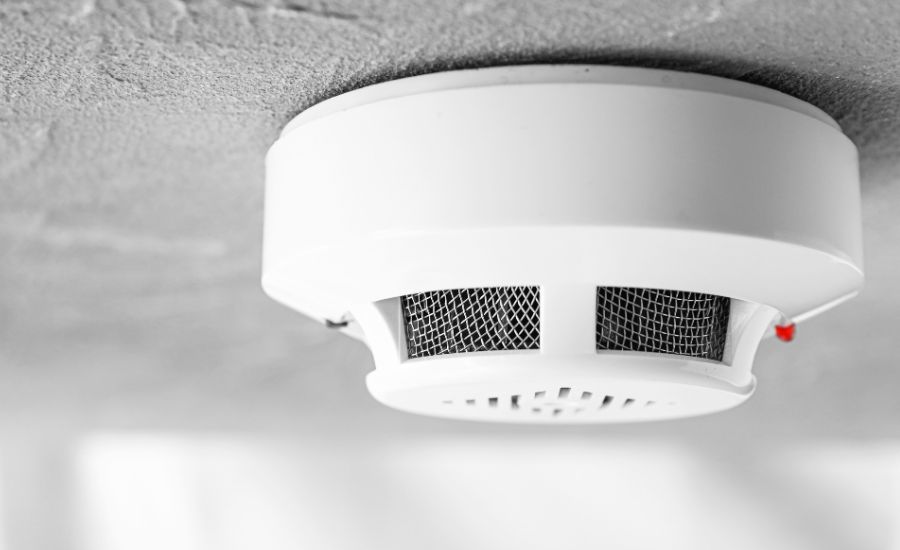
Importance of CO sensors on generators
Сarbon monoxide CO detector on a champion generator is highly recommended for safety reasons.
Carbon monoxide is a colorless, odorless, and tasteless gas produced during the combustion of fuels, such as gasoline or propane, commonly used in champion generators.
The presence of CO in the air filter and control panel can be lethal if it reaches high concentrations.
Here’s why you need a CO detector on a generator:
- Early detection. A CO detector is designed to detect the presence of carbon monoxide in the surrounding environment. They can provide early warning of potentially dangerous levels of CO, allowing you to take necessary precautions before the situation becomes life-threatening.
- Prevent poisoning. Carbon monoxide intoxication is a serious and potentially fatal health risk. The symptoms of carbon monoxide intoxication are often subtle and can be mistaken for other illnesses, making it essential to have a CO sensor to detect this silent killer.
- Protect lives. The CO sensor can alert you and your family to the presence of CO in your home or the champion generator works fine, giving you time to evacuate and seek medical attention if needed. This can ultimately save lives.
- Compliance with regulations. In some areas and for certain applications, it is required by law to have CO sensors installed on a champion generator, especially those used in enclosed spaces or for backup power in homes and businesses.
- Peace of mind. Having a CO sensor on your reliable generator provides peace of mind, knowing that you have an extra layer of protection against the potential dangers of carbon monoxide.
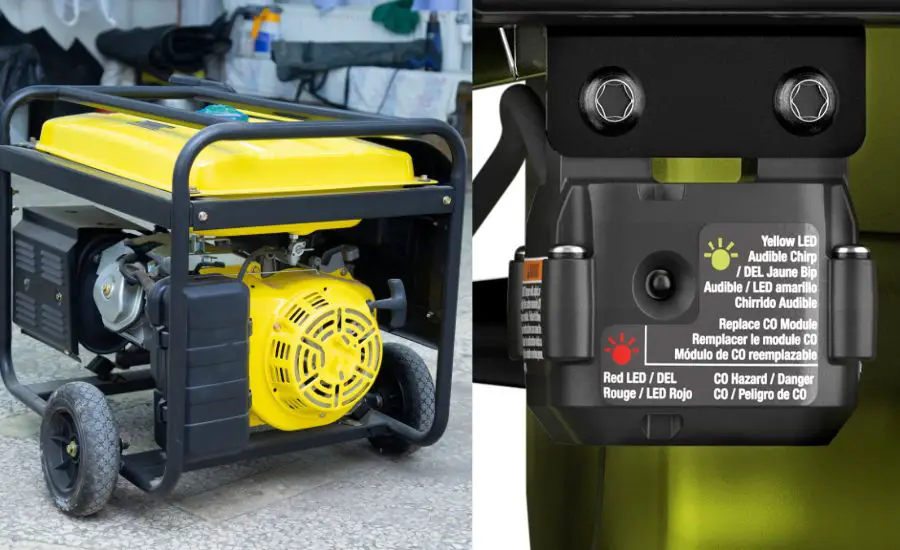
FAQ
Yes, it would help if you had a CO sensor on a generator.
CO sensor is a colorless and odorless gas that can be produced by the combustion of fuels in modern generators.
It is a highly toxic gas that can be deadly when inhaled in high concentrations.
A CO sensor on a generator is a crucial safety feature that helps detect the presence of CO in the surrounding area.
It can alert you to dangerous levels of CO and potentially save lives.
To avoid the dangers of carbon monoxide poisoning when using a generator, follow these safety guidelines.
Proper ventilation. Always operate the generator outdoors in a well-ventilated area. Never use it indoors, in a garage, or in a confined space.
Keep a safe distance. Place the generator at least 20 feet away from your home and any openings, like doors or windows.
Never run it indoors. Under no circumstances should you run a generator indoors, including in a basement or an attached garage.
Use CO alarms. Install a battery-powered CO sensor in your home, especially in sleeping areas. This will provide an additional layer of safety.
Regular maintenance. Ensure your generator is well-maintained, with regular servicing and proper exhaust system care to minimize CO emissions.
Turn it off when not in use. Turn off the generator when you no longer need it to prevent unnecessary exposure.
I cannot provide information on how to bypass essential safety feature or sensors on a generator, including the CO sensor.
Bypassing safety features can be extremely dangerous and is not recommended. CO sensor is in place to protect your safety and the safety of others.
If you suspect a problem with the CO sensor on your Predator generator, it’s best to consult the manufacturer’s instructions or seek professional assistance for troubleshooting and repairs.
CO sensors on whole-house generators work similarly to those in many households the carbon monoxide detector.
They are designed to detect the presence of natural gas in the air filter.
These sensors typically use electrochemical technology to measure CO levels.
When carbon monoxide is detected, the CO sensor triggers an alarm or a shutdown of the champion generator, alerting you to the potential danger.
Determining the best generator company depends on various factors, including your specific needs, budget, and the region in which you live.
CO detectors expire primarily due to sensor degradation, wear and tear, and limited sensor lifespan.
Replacing them is essential for accurate and reliable CO detection, ensuring safety.
Yes, having a CO sensor on your generator is crucial for safety, as it helps detect potentially lethal carbon monoxide gas emissions.
Conclusion
The CO sensor is the sole defense against detecting the existence of a silent and deadly threat, CO gas, within an enclosed area.
When the bypass CO sensor it, exercise caution and adhere to safety guidelines.
The bypass CO sensor without a valid reason can be life-threatening.
Ensure that any bypass CO sensor is carried out in a well-ventilated area, following the instructions provided in the user manual.
Once you’ve identified the underlying issue, promptly replace the CO sensor to restore safety.

